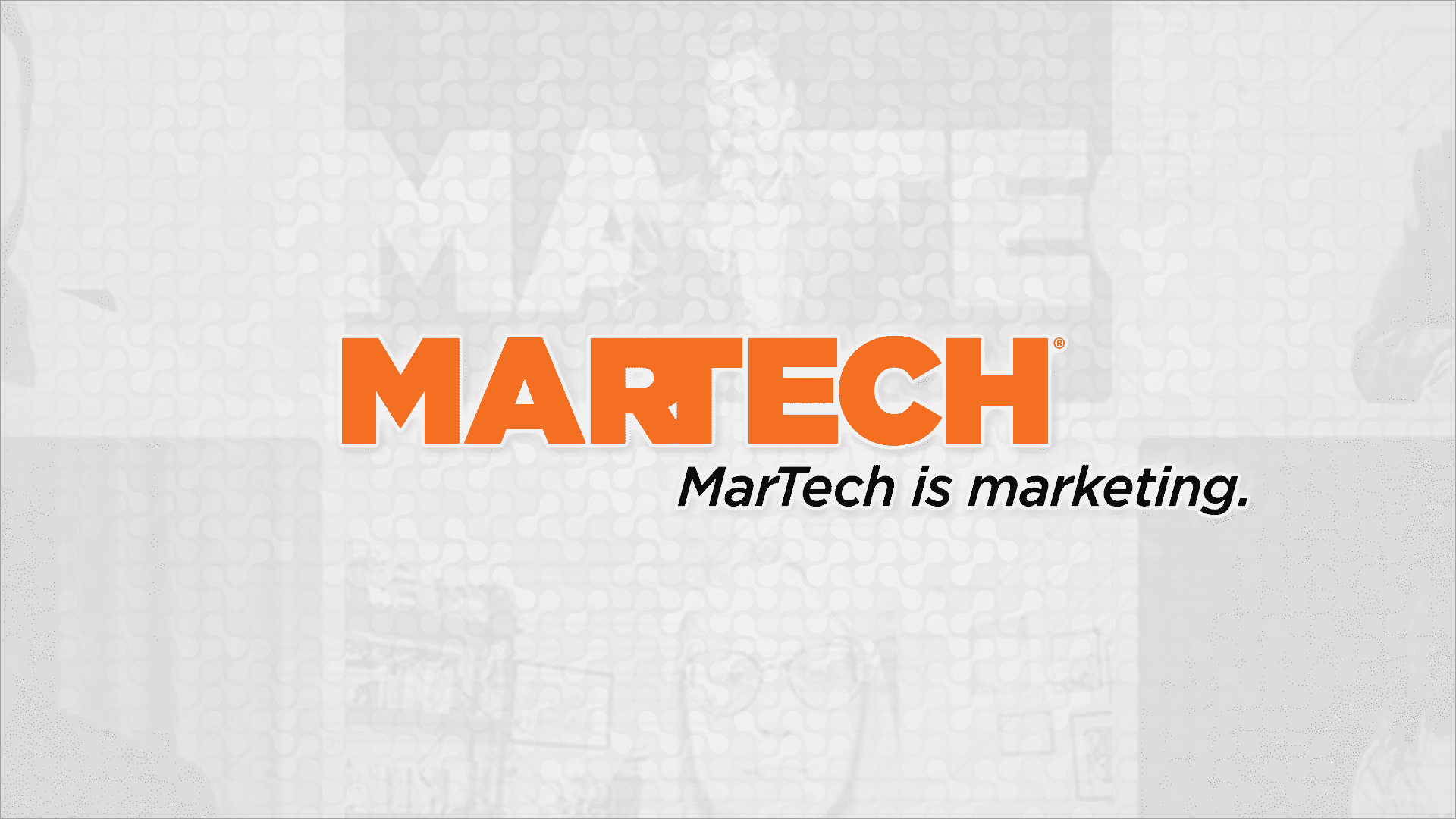MARKETING
Social media platforms follow changing consumer behavior to increased sales

The steps social platforms are taking to make products more shoppable to fit pandemic-era digital behaviors appear to be worth the effort. A new survey of over 7,000 global shoppers conducted by user-generated content company Bazaarvoice indicates that digital consumers on social are looking to buy.
Buy here now. A full 69% of shoppers say they have been inspired by social media to make a purchase. And 54% say they’d even be more willing to ring up items if they could find out more info without jumping to another app or site.
As you might recall, this was the rationale behind Shopify’s ‘new Linkpop link-in-bio tool. Social denizens want to see something, find out more about it and buy it without a cumbersome digital journey.

Most popular. The study said that globally the two most popular social platforms were Facebook (where 45% of respondents engage) and Instagram (33%).
Among the younger set – ages 18-24 – Instagram was tops at 65%, followed by TikTok, at 35%.
Read next: Tapping into social commerce
Pandemic. Pandemic shopping behaviors have stuck with a lot of consumers. Of course, one major reason for that is because the pandemic is still going on. But for digital marketers, it’s important to see how consumers prefer to shop now and moving forward.
64% of shoppers say that in the past six months they’re still using a hybrid method of shopping as their primary way to buy. 30% of consumers say they shop online at least once per week.
MarTech’s daily brief features daily insights, news, tips, and essential bits of wisdom for today’s digital marketing leader. If you would like to read this before the rest of the internet does, sign up here to get it delivered to your inbox daily.
Why we care. To deliver the right experience, marketers have to see it through the shoppers’ eyes.
Bazaarvoice also has a lot of stats to back up the kind of marketing that they manage on their platform, which relates to user-generated content and reviews. The larger point is well taken – consumers are influenced by peers on social media. To leverage this “authentic” buzz, and improve experience, consumers need to be able to buy on the spot. And these digital channels will remain front and center as an alternative or hybrid method of buying for the foreseeable future.




















You must be logged in to post a comment Login